Let's talk about how to use a DI box and a reamp box and what they are doing under the hood.
The wonderful world of fuzz
If you’ve landed here, chances are you’re curious about how fuzz pedals work—and wondering what makes them different from one another. After all, fuzz already stands apart as a distinct category from other drive pedals, so how can it be further broken down into subcategories? Well, much like with overdrives, every fuzz has its own unique voice. Let’s dig into that, starting with the world’s very first fuzz pedal!
1. Velcro fuzzes
You know that tearing sound when you rip open a strip of Velcro? That’s the idea. Velcro-style fuzzes are raspy, aggressive, dry, and short on sustain. They also don’t handle chords well, and they carry the signature sound of early fuzz pedals. The first of its kind was the Maestro FZ-1, which I’ve already covered in a previous article. You can hear it in action on the Rolling Stones’ classic "(I Can’t Get No) Satisfaction". Four years after its release, in 1966, Mosrite released their own fuzz, trying to recreate the sound of Glenn Snoddy’s mixing desk—specifically a broken tube in the console that accidentally created distortion. That pedal became iconic thanks to The Ventures, who used it early in their career. It features prominently in their track “Psyched-Out.”
2. Tonebenders
Two years earlier, in 1964, across the Atlantic, session guitarist Vic Flick reportedly walked into Larry Macari’s “Musical Exchange” in London, asking for a modification to his Maestro FZ-1, which wasn’t sustaining notes well enough. Gary Hurst, working at the shop, agreed—and instead handed him a brand new kind of pedal he’d been developing: the first Tonebender. With a much fuller and fatter tone than the FZ-1, it delivered the kind of sustain guitarists were craving. The Tonebender quickly became a go-to for legendary players of the era—The Beatles, The Yardbirds, Jimi Hendrix, and Led Zeppelin, to name just a few. Its circuit went through several versions and offshoots, eventually giving rise to the legendary Fuzz Face, which I also include in this category. Originally built with germanium transistors, the Tonebender later shifted to silicon by the mid-70s. Some versions, like the Zonk Machine, even used both types of transistors for a punchier result. Each version of the Tonebender has its own distinctive tone, which I will explore further in a future post if you’re interested in digging into the nuances. It’s still made in the UK today by Macari’s, in its modern “MK IV” version.
3. Octave-fuzzes
As the name suggests, octave fuzzes fill out the frequency spectrum by artificially generating an upper octave. That makes them screamier, glitchier, and less chord-friendly than something like a Tonebender. But this aggressive tone became iconic—especially thanks to Jimi Hendrix, who used the Octavia, designed by his tech Roger Mayer in 1967 and later cloned by Tycobrahe (yes, cloning was already a thing back then!). You can hear it all over “Purple Haze” and “Fire.” Another great example is the Foxx Tone Machine, which came a bit later. These pedals really shine when soloing up high on the neck. More modern variants go in the opposite direction, like the MXR Sub Machine, which adds a lower octave, or the Earthquaker Devices Bit Commander, which stacks two octaves down plus one up!
4. Superfuzzes
Meanwhile, over in Japan, the fuzz race was on as well. Before becoming the world’s top guitar pedal maker through Boss, companies like Honey—later acquired by Shin-Ei and rebranded Univox in the US—were already building amps, tremolos, and of course, fuzz pedals in the late ‘60s. That’s how the infamous FY-6 came to life, later renamed the much easier-to-pronounce Superfuzz. Designed by Fumio Mieda (also behind the Univibe and later the Korg MS-20), the Superfuzz was brutal: unstable, wild, and capable of generating both upper and lower harmonics—without being limited to a precise octave effect. It later became a staple of stoner rock, thanks to bands like Fu Manchu. If you want something with a bit more edge than vintage fuzz, but still totally unique, this is the one to try.
5. Sustainers
In the early ‘70s, almost no fuzz pedal could really hold a note—except maybe the Tonebender, which still struggled with chords. The solution? Sustainers! Marketed back then as keeping your notes going “without distortion” (which, to be honest, sounds more like a compressor’s job), they were really just well-balanced fuzz circuits that could handle both single notes and chords gracefully. The king of this category is without a doubt the Electro-Harmonix Big Muff Pi, designed by Mike Matthews and made legendary by Hendrix (again!), Carlos Santana, David Gilmour, Jack White, The Edge, and The Smashing Pumpkins. With practically infinite sustain and excellent results on bass, the Big Muff defined the sound of grunge, stoner, and '90s alt-rock. Not really my thing, personally—but if you’re curious, here’s my deeper dive into the Big Muff.
6. Synth-fuzzes
Ever since the invention of the synthesizer, guitarists have tried all kinds of tricks to get that iconic tone—MIDI guitars, E-bows, synth pedals, and more. But some fuzzes get so weird and extreme that they start sounding more like synths than traditional distortion. One prime example is the Zvex Fuzz Factory—originally a heavily-modded Fuzz Face, but in my opinion, a textbook case of a Synth-Fuzz. It’s wildly unstable and totally unpredictable. You can hear it in Muse’s “Plug In Baby”—Matt Bellamy even had it built into his guitar at the time! On the more obviously synthy side, you’ve got fuzzes like the Beetronics Zzombee and Collision Devices TARS, which include a full-on modulatable filter that shapes the fuzz sound into something straight out of a '70s or '80s analog synth. These are perfect for sonic experimentation, but also great for fans of Muse, acid jazz, or even disco!
Most fuzz pedals you’ll find today are, in the end, inspired by the first circuits in fuzz history—and for good reason, considering the legends who used them. They’re also fantastic playgrounds for experimenting and creating wildly original sounds—if that’s your thing. One last tip: I strongly recommend placing a digital octaver after a fuzz pedal—great for Royal Blood-style riffs! And remember, vintage fuzz pedals (and most of their modern clones) don’t usually like being placed anywhere but at the very beginning of your signal chain, right after the guitar. That’s where they sound the most organic, and where they really interact with your playing and your instrument’s controls.



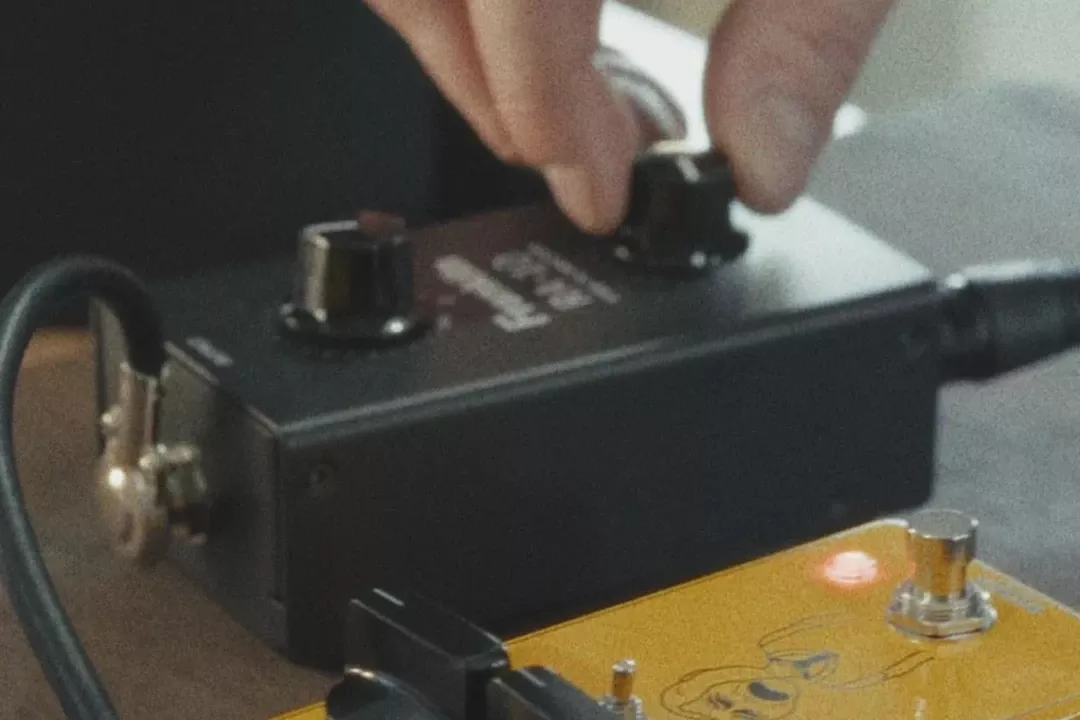
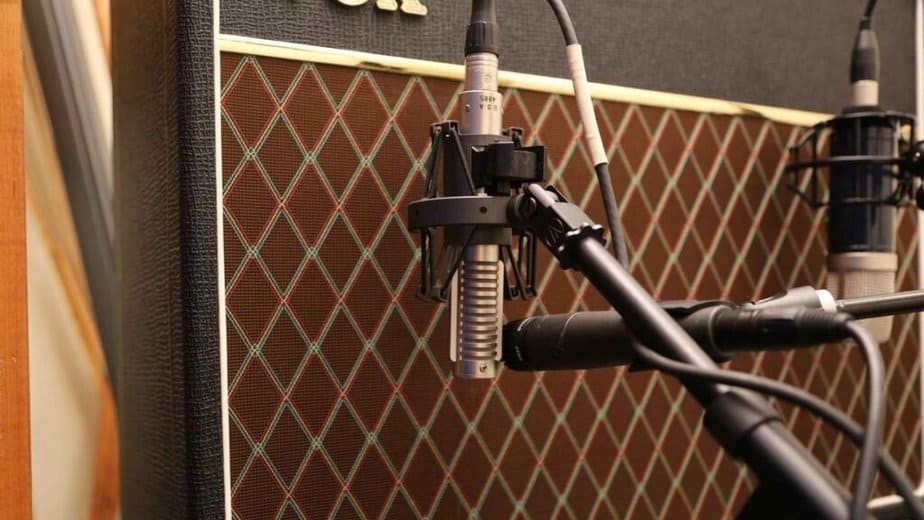
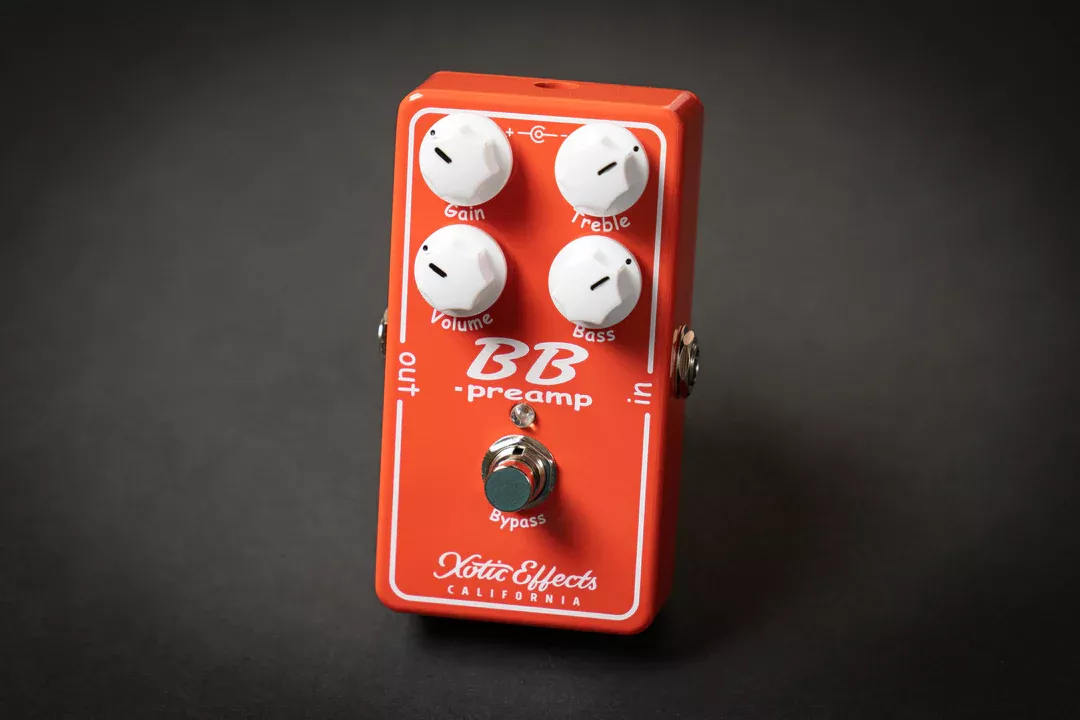
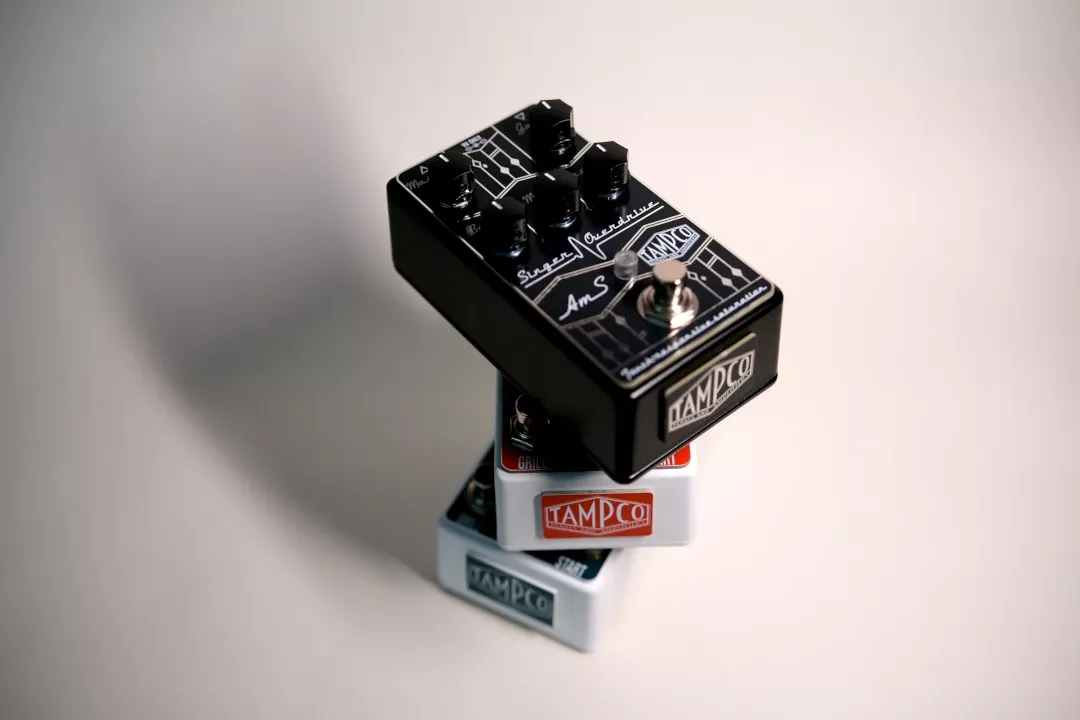
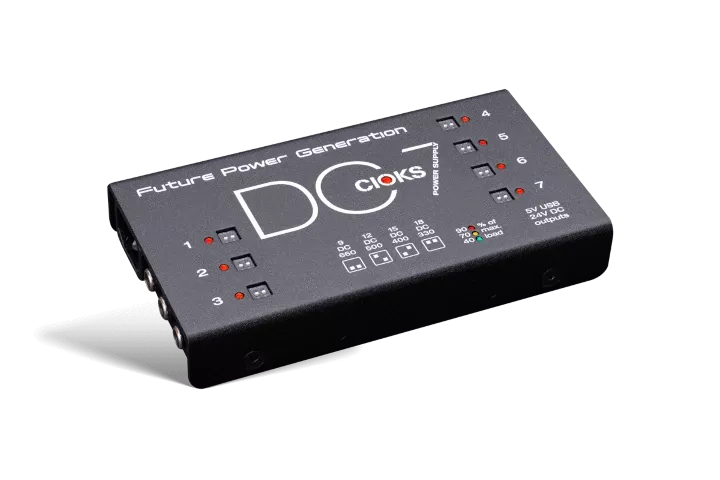
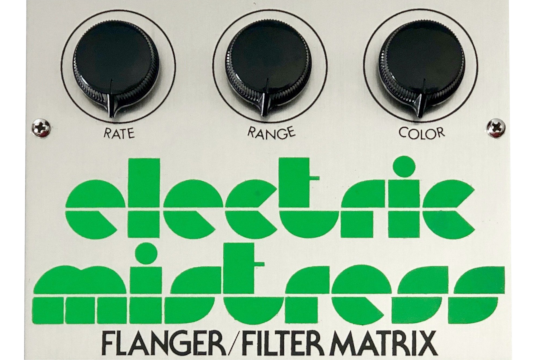
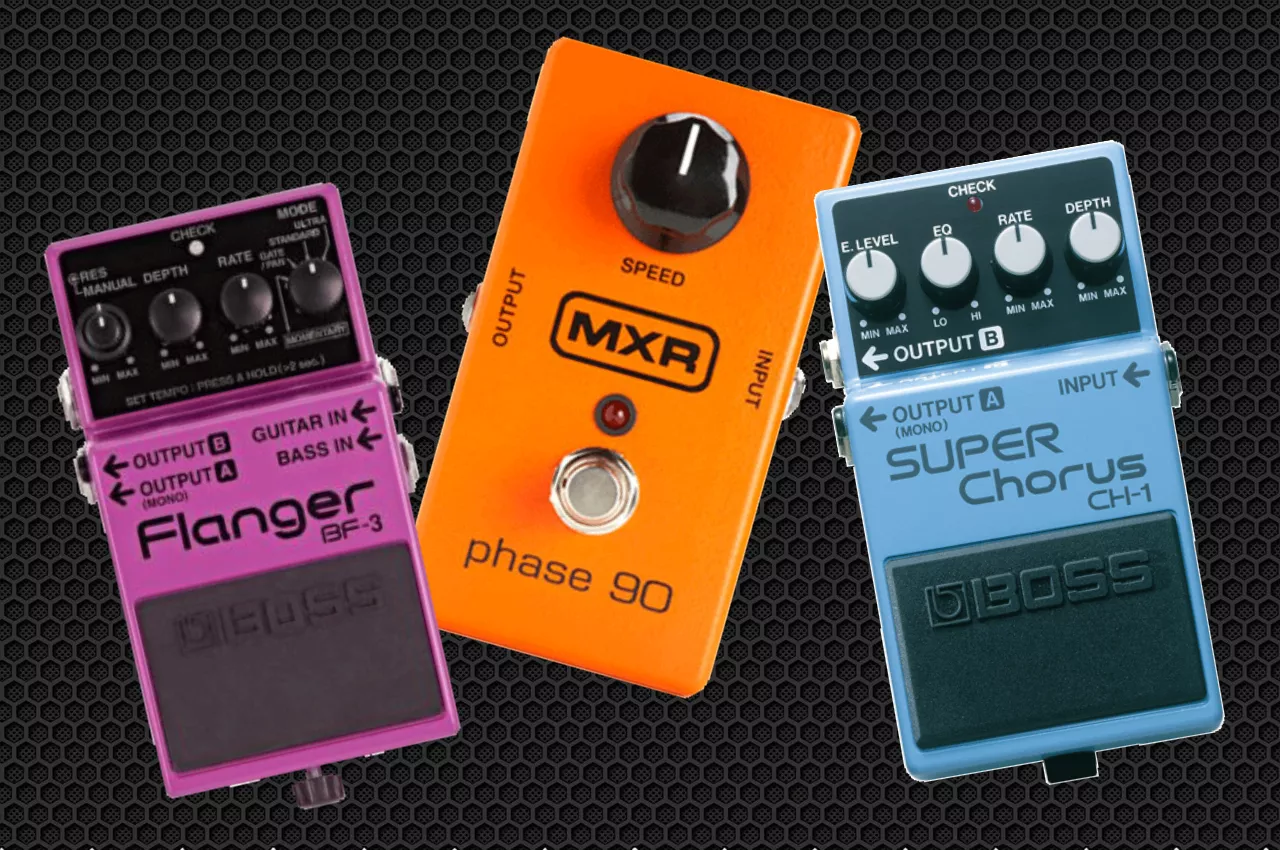
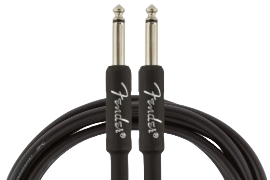
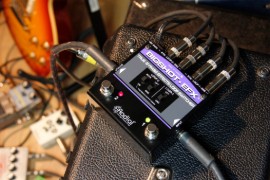
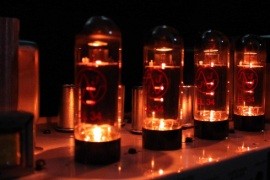
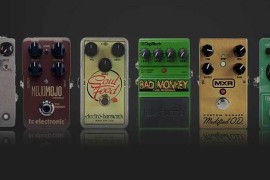
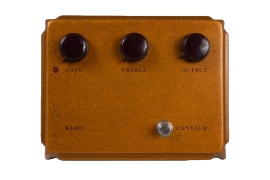
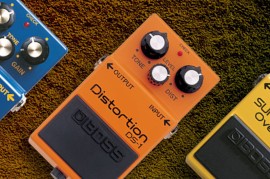
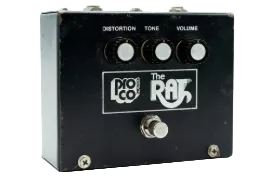
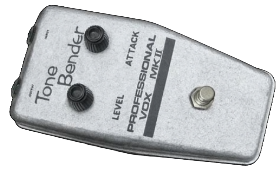
Leave a comment
Comments
All my fuzzes
By: Fabrice On 10/24/2025Hello,
Une pedale « all my fuzzes » serait un rêve pour avoir les differents type de sons sons la main dans un espace raisonnable!
Tone bender, bias, big muff, superfuzz ?